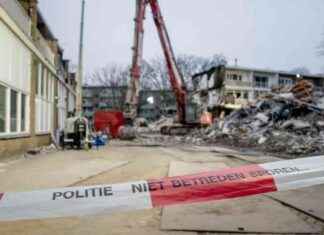Anders Sundström argues in his article that the government should appoint a committee of investigation in order to solve the kapacitetsbristen in the Swedish electricity supply.
The most important control signals for investments in new power generation is the price on the Nord Pool power exchange and support schemes for renewable electricity production. Electricity networks are regulated and network investment is largely controlled by the regulated interest rate on tax year. One of the purposes of energiöverenskommelsen was to increase the predictability of energy policy by adding the fixed rules of the game in the electricity market for a long time to come, and thus facilitate for actors in the electricity market to take the right investment decisions.
But some investment is difficult to calculate the profitability of even in an electricity market with stable rules of the game. This applies in particular to such a capacity that the maximum be utilized for a few hours a year to cover temporary imbalances in the supply of electricity, for example because of the especially cold weather pushes up electricity consumption, or that the wind stops producing because of the sudden lull.
A more elegant solution, which is also mentioned in Anders sundström’s article, is to increase the flexibility of demand. If households can be persuaded to move consumption forward or back a few hours of the day, would even out the imbalances and reduce the need for reserve capacity. A third solution is of course to ensure a more stable electricity generation.
Stable and predictable electricity production is encouraged, unfortunately, not with the current design of the electricity market. The profitability of renewable electricity production is determined mainly by the prices on the Nord Pool and the prices of electricity certificates. These rates are not linked to the fluctuations in real-time that creates effektobalanserna.
With a direct link to the imbalances would the revenues of, for example, biofuel-fired thermal power plant to be more stable than the revenue of wind energy since the production in thermal power plants is more stable and more predictable. Thermal power would become relatively less risky and more attractive as an investment. Also, it would be more profitable to invest in the capacity to exploit the volatility in the price of reglerkraftmarknaden.
If you do not want to change the marknadsdesignen, there is a more ”engineering” way to go. An ongoing research project between the Institute for industrial economics and Stanford university in the united states shows how using data on local weather and wind patterns to estimate what kind of renewable electricity generation is optimal and where in the power system facilities should be located. Then one can calculate the local and teknologiberoende nätanslutningsavgifter to steer investments in the right direction.
How to ensure sufficient capacity to maintain the elbalansen is a fundamental question for the future of the electricity system and thus to the functioning of society. A discussion on the pricing of variable versus other electricity generation should reasonably be included in the investigation that Anders Sundström advocates.








